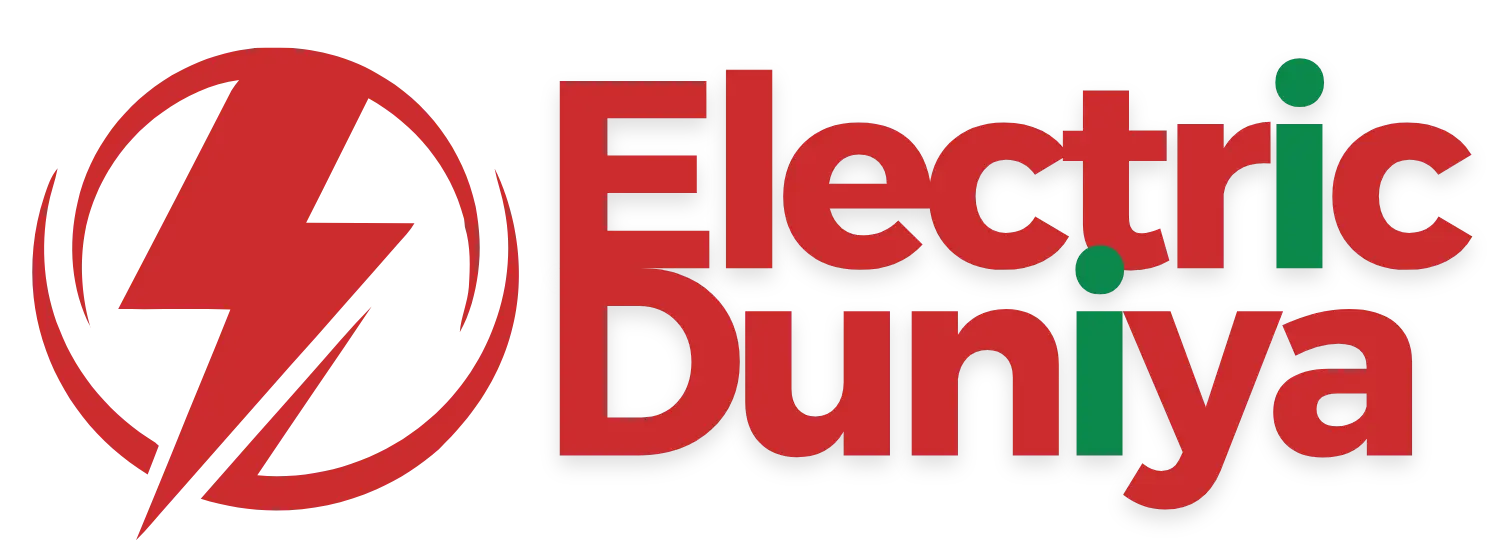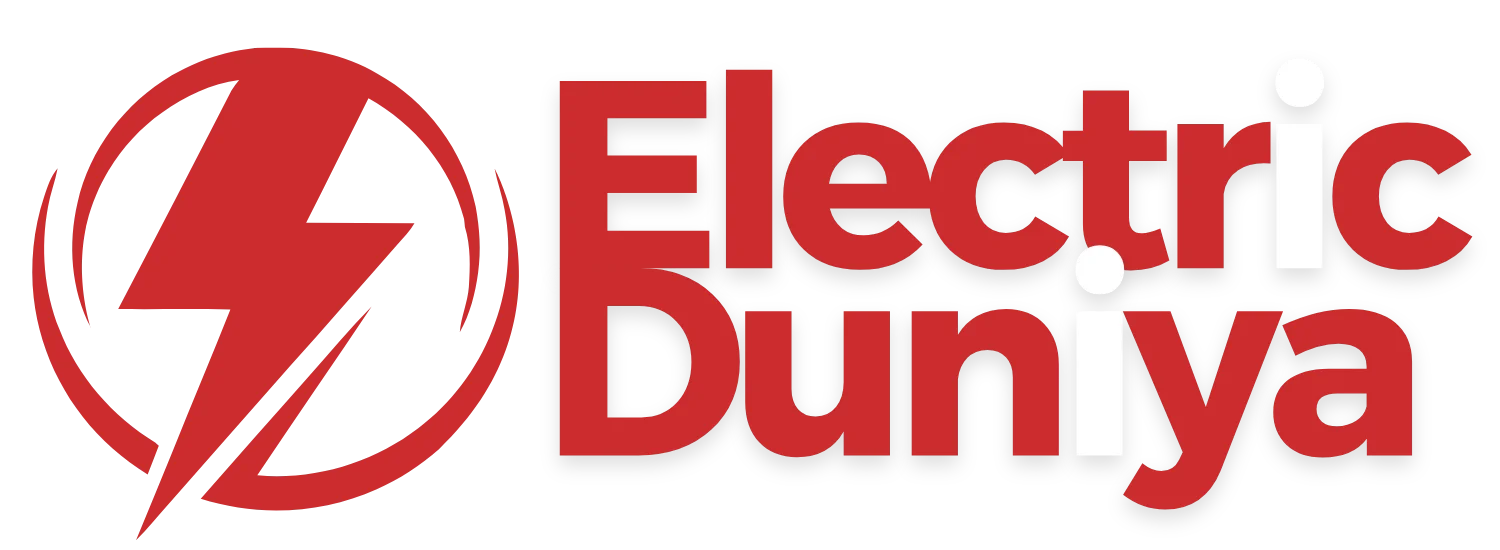Ultra-Fast Charging
Ultra-fast charging refers to high-powered charging technology, typically delivering 150 kW to 350 kW or more, that enables electric vehicles (EVs) to recharge most of their battery in under 30 minutes.
Overview
Ultra-fast charging is transforming the way drivers perceive EV usability. Traditionally, charging times were a major barrier to adoption, with standard AC chargers requiring several hours to replenish a battery. Ultra-fast charging changes that equation by drastically reducing downtime, making long-distance travel feasible and convenient.
For EV manufacturers and charging network operators, ultra-fast charging is a cornerstone of performance, convenience, and infrastructure scalability. By aligning with rising consumer expectations, it strengthens the case for EVs as practical replacements for combustion vehicles. Furthermore, governments and private players are investing heavily in these networks to accelerate mass adoption, particularly on highways and intercity routes.
How Does It Work?
Ultra-fast charging relies on direct current (DC) fast chargers that bypass the vehicle’s onboard AC charger. Instead, high-voltage electricity flows directly into the battery through advanced connectors like CCS (Combined Charging System) or CHAdeMO.
The process involves:
-
High-Power Delivery: Chargers deliver between 150 kW and 350 kW (sometimes even higher), regulated to avoid overheating.
-
Communication Protocols: The charger and the vehicle exchange data in real time, negotiating charging speed, voltage, and thermal management needs.
-
Thermal Management: EV batteries use liquid cooling or advanced heat dissipation methods to maintain safe operating temperatures during rapid energy intake.
-
Battery Management System (BMS): Coordinates charging curves, ensuring maximum speed at low to mid states-of-charge while tapering power at higher levels to protect cell life.
The result is a safe, rapid replenishment of range, often adding 200–300 km in as little as 15–20 minutes, depending on the vehicle and charger capacity.
Features of Ultra-Fast Charging
-
High Charging Power: Typically 150–350 kW, capable of adding hundreds of kilometers of range quickly.
-
DC Direct Input: Avoids limitations of onboard AC chargers by supplying power straight to the battery pack.
-
Smart Communication: Dynamic adjustment of power flow to match battery health, voltage, and charging profile.
-
Scalability: Supports future EV models with higher voltage architectures (e.g., 800V or 1000V systems).
-
Safety Mechanisms: Overcurrent protection, temperature sensors, and fail-safes to ensure safe, reliable charging.
-
User Convenience: Reduces charging downtime, making EVs suitable for highway travel and commercial operations.
Applications in EV
Ultra-fast charging is reshaping EV adoption across several contexts:
-
Highway Corridors: Enables long-distance EV travel by replicating the refueling experience of gasoline stations. Tesla Superchargers, Ionity in Europe, and Electrify America are prime examples.
-
Fleet Operations: Commercial EV fleets—taxis, buses, delivery vans—benefit from reduced charging downtime, maximizing asset utilization.
-
Premium EV Models: Vehicles like the Porsche Taycan, Hyundai Ioniq 5, and Kia EV6 use 800V architectures to take full advantage of ultra-fast charging.
-
Urban Mobility: Strategically placed high-power chargers in cities reduce range anxiety and support shared EV infrastructure.
-
Renewable Energy Integration: Ultra-fast chargers coupled with smart grids can balance intermittent renewable generation by acting as flexible demand points.
Conclusion
Ultra-fast charging is not just a convenience—it is a critical enabler of EV mainstream adoption. By minimizing charging times, it bridges the gap between consumer expectations and EV capabilities. For drivers, it means road trips without compromise; for manufacturers and policymakers, it accelerates the transition to sustainable mobility. As networks expand and technology evolves, ultra-fast charging will stand as a defining feature of the future electric ecosystem.

